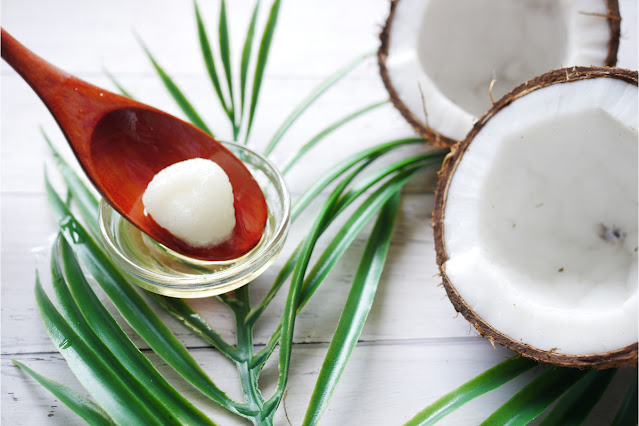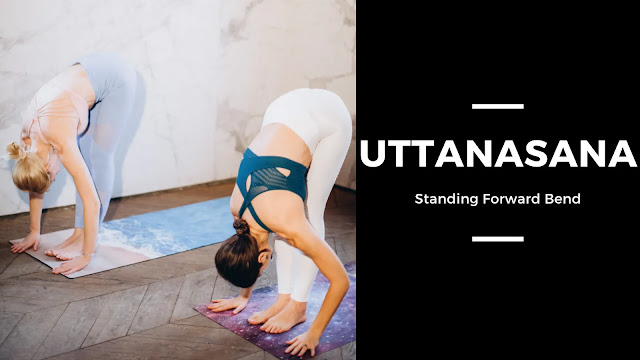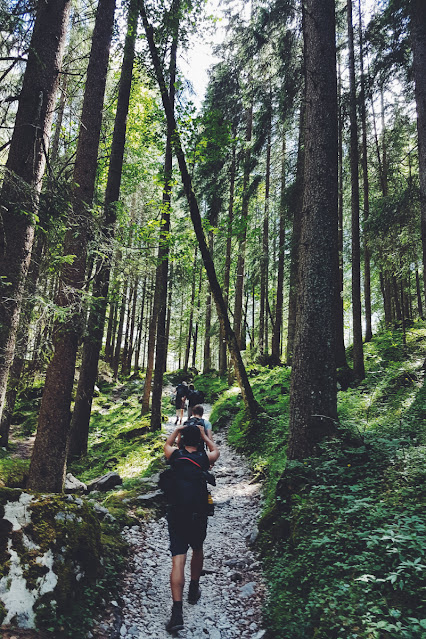DISCLOSURE: This post may contain affiliate links, meaning I get a commission if you decide to make a purchase through my links, at no cost to you.
Different fats, such as coconut oil, were once thought to be just as dangerous as animal fat, and that consuming them would eventually lead to heart disease. However, we have learned that this is not the case, and that coconut oil is actually highly beneficial to our cardiovascular system. Isn't it one-of-a-kind? So, what distinguishes it from other oils? From food products like butter and lard, which are also used in cooking but pose significant health hazards.
So what's in a coconut?
Coconuts are actually wonderful providers of nourishment, despite their modest look. With its healthy meal, oil, and juice, it may also be called a full food. Did you even know that some individuals rely only on coconuts to survive? That's how good this under-appreciated fruit is. The oil is, without a doubt, the most nutritious and useful component of the fruit. It's no surprise that people utilize it from the inside out because it contains over 90% saturated fat and has anti-fungal, antimicrobial, and antibacterial effects.
What is virgin coconut oil and how does it differ from other coconut oils?
To begin, you need understand that most commercial coconut oils are made from copra, or dried coconut meat. This can be done in a variety of ways, including sun drying, kiln drying, and smoke drying. If dried coconut meat is utilized as the basic material, the unrefined oil produced is unfit for consumption, at least not after purification and refinement. This is because, due to the manufacturing process, dried coconut meat may be quite unclean. Refined, Bleached, and Deodorized (RBD) coconut oil is the typical product generated from copra. That suggests that chemicals were utilized in the manufacturing process.
Virgin coconut oil, on the other hand, is made from fresh coconut meat and hence keeps the aroma and flavor of the genuine coconut. In fact, this is one of the ways you can tell it apart from an RBD. Virgin coconut oil is believed to be considerably healthier and safer when it comes to human ingestion because it hasn't been treated and was extracted in a hygienic method. It's worth noting that it keeps significantly more of the excellent, healthful stuff that's made coconut oil a popular functional food among doctors and health-conscious individuals all over the world.
However, it has recently been recognized for its efficiency in speeding up weight loss in patients as well as lowering the risk of developing heart disease.
Here are some of the advantages of consuming virgin coconut oil on a daily basis either using it as a cooking oil or consuming it raw.
.jpg)


.png)







.webp)
.webp)
.webp)
